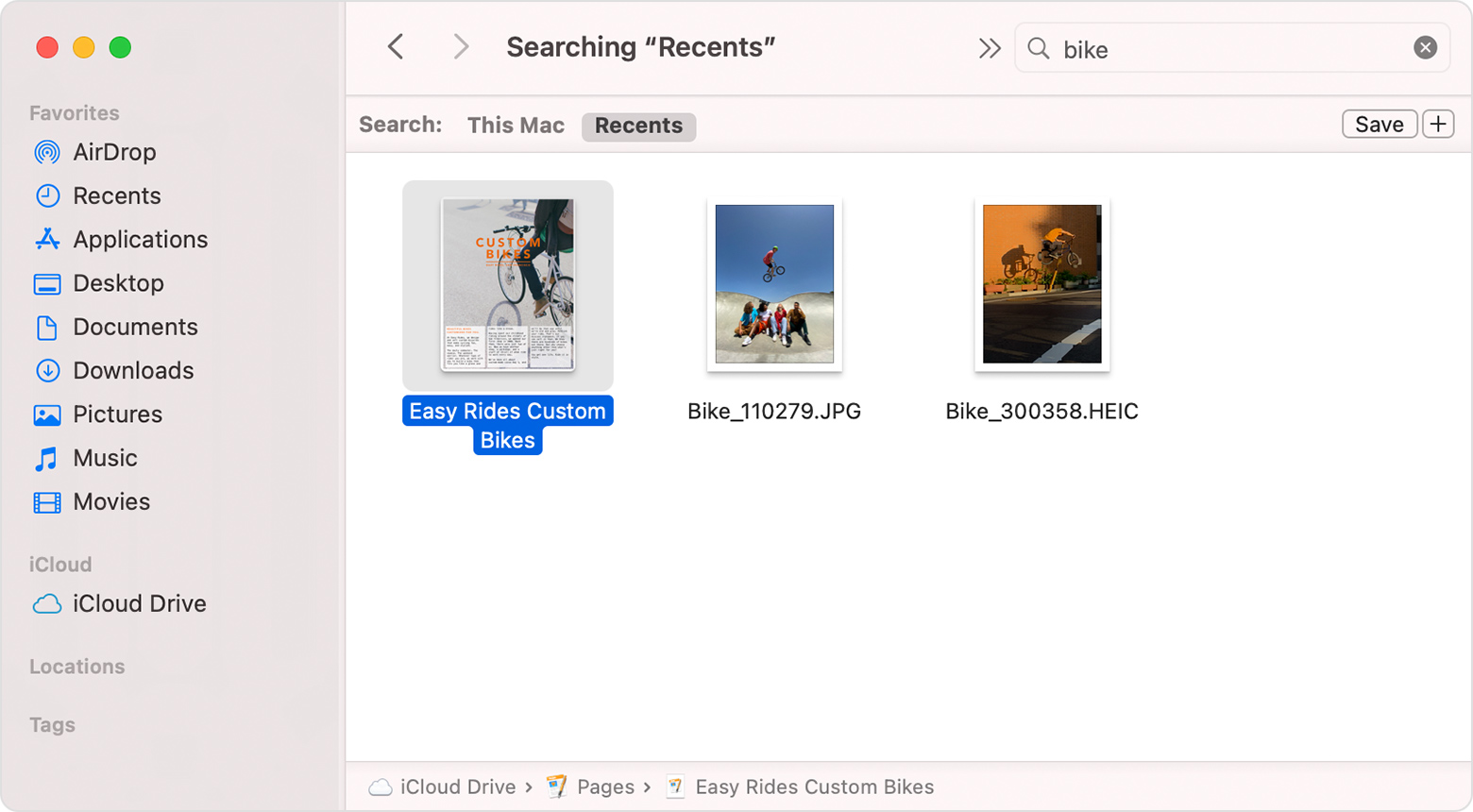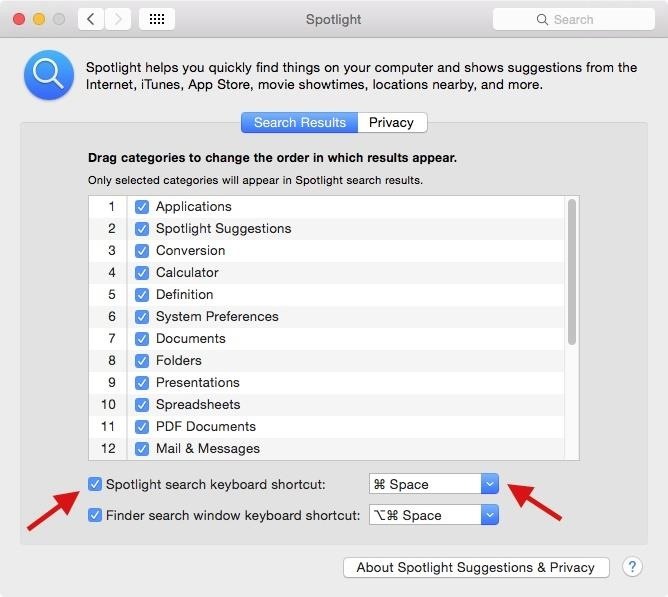PicFind - Find Some Different Mac OS
- Picfind - Find Some Different Mac Os Update
- Picfind - Find Some Different Mac Os Version
- Picfind - Find Some Different Mac Os Download
- Picfind - Find Some Different Mac Os Downloads
How to Open Mission Control. RELATED: How to Use Your Macbook's Trackpad Gestures You can access multiple desktops in a number of ways. To access it, swipe up with three or four fingers on your trackpad—the number of fingers you need to use depends on how you have your trackpad set up. Explore the world of Mac. Check out MacBook Pro, MacBook Air, iMac, Mac mini, and more. Visit the Apple site to learn, buy, and get support.
Is your Mac up to date with the latest version of the Mac operating system? What animal is a symbol of good luck in mexico. Is it using the version required by a product that you want to use with your Mac? God game slot machine. Which versions are earlier (older) or later (newer, more recent)? To find out, learn which version is installed now.
If your macOS isn't up to date, you may be able to update to a later version.
Which macOS version is installed?
From the Apple menu in the corner of your screen, choose About This Mac. You should see the macOS name, such as macOS Big Sur, followed by its version number. If you need to know the build number as well, click the version number to see it.
Which macOS version is the latest?
These are all Mac operating systems, starting with the most recent. When a major new macOS is released, it gets a new name, such as macOS Big Sur. As updates that change the macOS version number become available, this article is updated to show the latest version of that macOS.

If your Mac is using an earlier version of any Mac operating system, you should install the latest Apple software updates, which can include important security updates and updates for the apps that are installed by macOS, such as Safari, Books, Messages, Mail, Music, Calendar, and Photos.
| macOS | Latest version |
|---|---|
| macOS Big Sur | 11.3 |
| macOS Catalina | 10.15.7 |
| macOS Mojave | 10.14.6 |
| macOS High Sierra | 10.13.6 |
| macOS Sierra | 10.12.6 |
| OS X El Capitan | 10.11.6 |
| OS X Yosemite | 10.10.5 |
| OS X Mavericks | 10.9.5 |
| OS X Mountain Lion | 10.8.5 |
| OS X Lion | 10.7.5 |
| Mac OS X Snow Leopard | 10.6.8 |
| Mac OS X Leopard | 10.5.8 |
| Mac OS X Tiger | 10.4.11 |
| Mac OS X Panther | 10.3.9 |
| Mac OS X Jaguar | 10.2.8 |
| Mac OS X Puma | 10.1.5 |
| Mac OS X Cheetah | 10.0.4 |
How to find and delete large and old files from your Mac computer?
You may have noticed your Mac becoming slower, especially when working with files. Activity Monitor might also display high disk usage and you are unable to add new data to the hard drive. This happens when the capacity of the hard disk is exceeded, but you might not know what to delete. Although you may feel that most data on your system is important, this is rarely the case. People forget what have they downloaded and stored in various folders, or even in Trash. A full hard drive might force you to consider a hard disk replacement, but do not rush into this approach - there are a number of steps you should try before replacing hardware.

First, check the list of large files stored on your computer. This is a simple process if the Mac is running Mac OS X or macOS. Furthermore, various software with built-in diagnostic tools can be used to check hardware. Checking and clearing large files from the hard drive at least monthly is good prevention against performance reduction. This procedure can also be used to check the operating system for possible malicious software or missing files. In this article, we describe various methods to easily locate large files on the Mac hard drive.
Table of Contents:
It is recommended to run a free scan with Combo Cleaner - a tool to detect malware and fix computer errors. You will need to purchase the full version to remove infections and eliminate computer errors. Free trial available.
Find large files on macOS Sierra and later versions
Picfind - Find Some Different Mac Os Update
Apple, together with a new version of the operating system called macOS Sierra, introduced a new feature called Hard Disk Management. This tool offers various functions such as storage optimization, data transfer to iCloud, automatic Trash cleaning, and clutter reduction. This last function allows you to find large files, downloaded files, and other data. To access storage management tools, click the Apple logo in the menu bar at top of the screen and select About this Mac. Choose the Storage tab and look for a button labelled Manage.. in the top right corner of the new window.
In the new pop-up window, look for the Reduce Clutter function and click on Review Files. Here you will find a list with the largest files and older files that have not been used for a while.
In the left sidebar, you can choose the category of data you wish to manage, such as iTunes, Documents, Trash, etc. Within this window, you can delete files immediately - simply hover over the file and click on the X icon. Note, however, that this function does not work in all categories. Most categories display a particular file size, but some will show the whole project size. Additionally, consider using the other storage management tools to prevent the hard drive overfilling and ensure the drive always contains 10 GB of free space, which is necessary for efficient Mac work.
Picfind - Find Some Different Mac Os Version
Find large files on any version of Mac's operating system
Picfind - Find Some Different Mac Os Download
Finder contains a number of hidden functions relating to more accurate search results. You can also create your own filters by adding as many search criteria as you need. To start a large file search on the Mac, first open a new Finder window and press the keyboard shortcut of Command and F. When the filter pops up, click on Kind and select Other. Here you will find all possible filter criteria. Casinos in usa. Choose File Size.
In the second field, you can choose the parameters by which to sort your results. To find only large files, select 'is greater than'.
The third field type is the minimum file size you want to find. For example, 100. In the last field, choose file size units. If you have typed 100 or more in minimum file size, choose MB. The list below will automatically update your search queries, however, if not all results are displayed, ensure 'This Mac' as a source is selected, rather than Desktop, Shared, or other. This useful search can be used for specific folders. First open the relevant folder and repeat the procedure. If this method is useful, and you might use it again in future, you can save the entire search query by clicking Save under the Search field. A new Smart Folder will appear on the left side. When you open this new folder, it will automatically apply the filters as previously configured.
Find large files via Terminal
Picfind - Find Some Different Mac Os Downloads
Some experienced Mac users recommend built-in command for most tasks. Commands entered into Terminal provide almost unlimited access to most files stored on the system. To begin, launch Terminal by using the Spotlight keyboard shortcut of Command and Spacebar, or go to the Utilities folder under Applications through Finder. In Terminal, copy-and-paste (if possible) or carefully type the following command:
- sudo find / -type f -size +100000k -exec ls -lh {} ; awk '{ print $9 ': ' $5 }'
When executed, this command will display all file paths associated with file sizes equal to or greater than 100MB. Press Return to execute the command. Since you are requesting super user permissions, you must confirm your actions by entering an administrator account password. To delete files, use the command rm 'path' (replace 'path' with the path of the file you wish to delete). Free casino slot machine apps.
Use Combo Cleaner to detect and remove large files
This third-party software offers features such as disk cleaner, big file and duplicates detector, antivirus, and others. You can download Combo Cleaner from a website - it offers a free version and paid subscriptions. This software will clean up the Mac, and keep it clean in future.